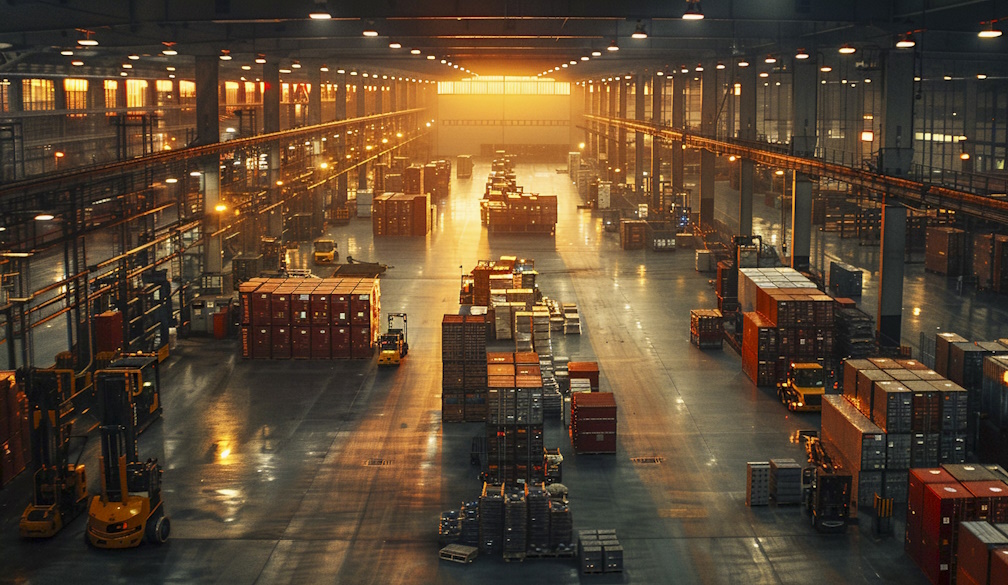How 3pl Companies Support Business Growth Through Efficient Warehousing And Fulfilment Solutions
- Written by Viw Magazine

As customer expectations continue to rise, businesses rely heavily on streamlined logistics to deliver products quickly and accurately. Many companies now partner with 3PL companies to improve order fulfilment, reduce operational costs and enhance overall efficiency. Third-party logistics providers offer a wide range of services—including warehousing, inventory management, picking, packing and shipping—that help businesses operate with greater reliability and flexibility. By outsourcing these functions, companies can focus on core activities such as sales, marketing and product development.
Offering Scalable Warehousing And Storage Solutions
One of the biggest advantages of working with a 3PL provider is the access to flexible warehousing space. As businesses grow or experience seasonal fluctuations, storage requirements often change. 3PL companies provide scalable warehouse solutions that allow businesses to increase or decrease space as needed without committing to long-term leases or additional infrastructure costs. This flexibility is particularly beneficial for e-commerce businesses, retailers and wholesalers that manage large or unpredictable inventory levels.
Improving Order Fulfilment With Accurate And Efficient Processes
Fast and accurate order fulfilment is essential for maintaining customer satisfaction. 3PL providers use advanced systems to manage the picking, packing and dispatching of orders with precision. Their streamlined workflows ensure minimal errors and faster processing times. This reliability helps businesses maintain a strong reputation and boosts repeat purchases. By outsourcing fulfilment, companies can offer quicker delivery times and smoother customer experiences without increasing internal workload.
Using Advanced Technology To Enhance Supply Chain Visibility
Modern 3PL providers integrate sophisticated technology systems that give businesses real-time visibility into their supply chains. Features such as barcode scanning, inventory tracking, automated reporting and online dashboards help businesses monitor stock levels, order status and shipping progress. This transparency allows companies to make informed decisions, avoid stock shortages and plan more effectively. The use of technology also helps reduce manual errors and improve overall operational efficiency.
Reducing Costs Through Outsourced Logistics Services
Managing logistics internally requires significant investment in staff, warehouse facilities, equipment and technology. Outsourcing to 3PL companies eliminates many of these expenses. Businesses only pay for the services and space they need, making logistics more cost-effective. Bulk shipping rates, efficient labour management and optimised warehouse operations further reduce operational costs. This cost-effectiveness allows businesses to reinvest savings into marketing, product development or expansion.
Supporting Fast And Reliable Shipping Across Australia
3PL providers work with major courier networks and freight companies to offer fast and reliable shipping options. Their established relationships help businesses access competitive delivery rates and nationwide coverage. Whether fulfilling orders locally or across multiple states, 3PL partners ensure goods reach customers quickly and safely. The ability to offer fast delivery times strengthens customer satisfaction and supports business growth in competitive industries such as e-commerce.
Helping Businesses Expand Into New Markets
Businesses planning to expand into new regions often face logistics challenges such as limited warehouse space or increased shipping costs. 3PL providers make expansion easier by offering multiple warehouse locations, efficient distribution networks and the ability to handle increased order volumes. With nationwide fulfilment capabilities, companies can reach new customers without major investments in infrastructure. This support enables businesses to enter new markets with confidence and reduced risk.
Enhancing Customer Experience Through Professional Fulfilment
Well-executed logistics reflect positively on a brand. Customers expect fast shipping, accurate orders and secure packaging. 3PL companies specialise in these areas, ensuring that every order leaves the warehouse in excellent condition. Their attention to detail contributes to higher customer satisfaction and fewer returns due to packing or handling errors. These improvements help strengthen brand loyalty and overall customer trust.
Providing Expert Inventory Management And Stock Control
Effective inventory management is crucial for avoiding stockouts, oversupply or unnecessary storage costs. 3PL providers use advanced systems to track stock levels, monitor sales patterns and help businesses optimise inventory. They can forecast stock requirements, prevent shortages and reduce waste caused by over-ordering. This strategic inventory management supports better planning and keeps operations efficient and cost-effective.
Allowing Businesses To Focus On Core Operations
By outsourcing logistics, businesses can dedicate more time and resources to growth-related activities. Instead of managing warehouses, staff and delivery operations, companies can focus on marketing strategies, customer service improvements, product launches and business development. This shift in focus allows organisations to operate more strategically while relying on the 3PL’s expertise to handle logistics smoothly.
Conclusion
3PL companies offer essential support for businesses seeking efficient, scalable and cost-effective logistics solutions. Through advanced technology, streamlined fulfilment processes, flexible storage options and reliable shipping networks, they help organisations meet customer expectations and grow sustainably. For any business aiming to strengthen its logistics performance and improve customer satisfaction, partnering with a reliable 3PL provider is a valuable and strategic choice.





